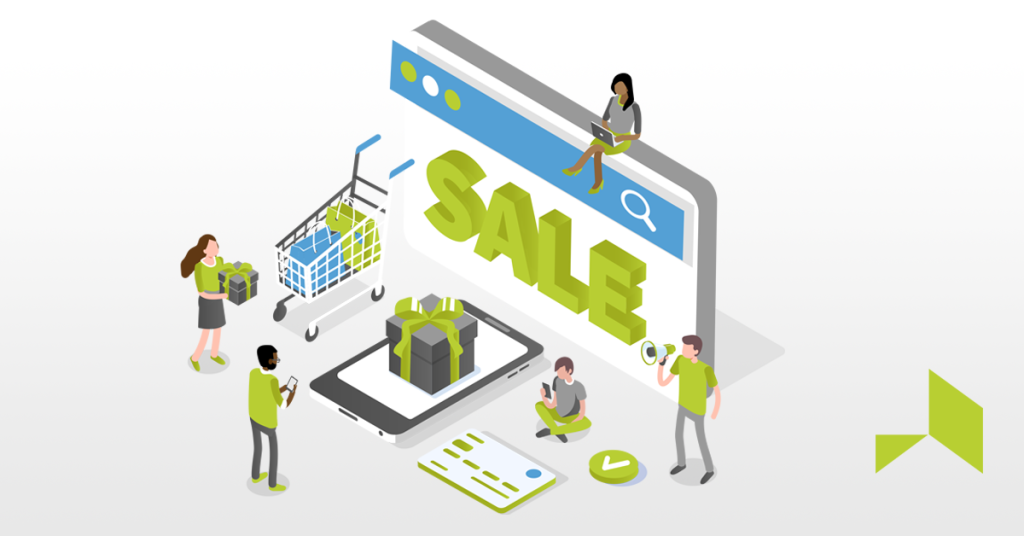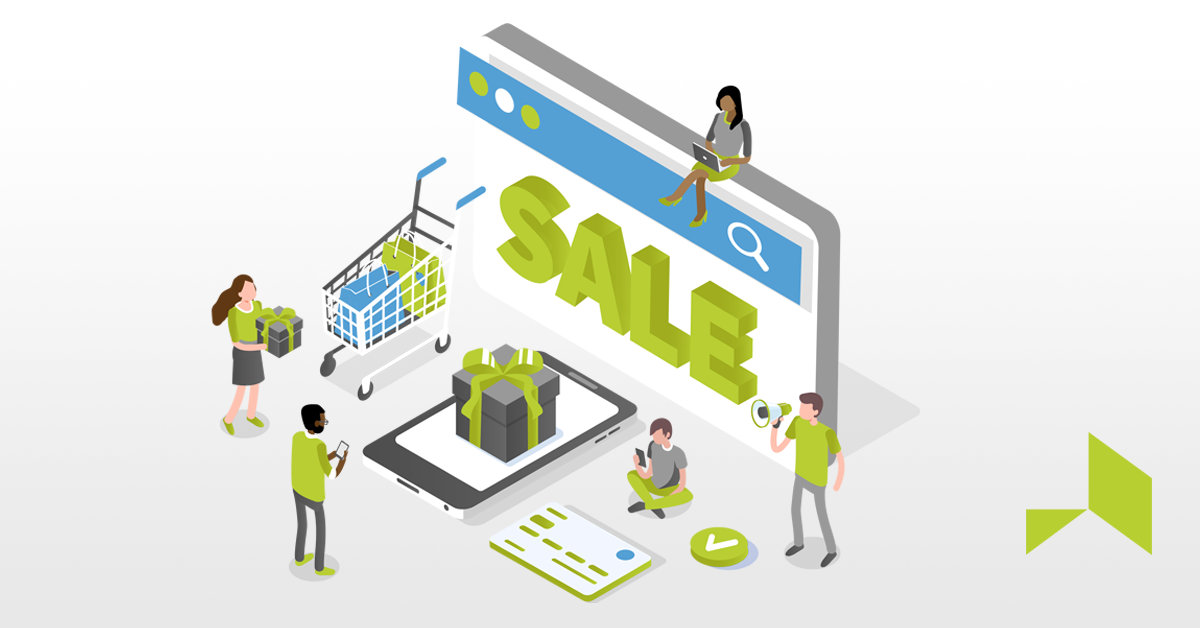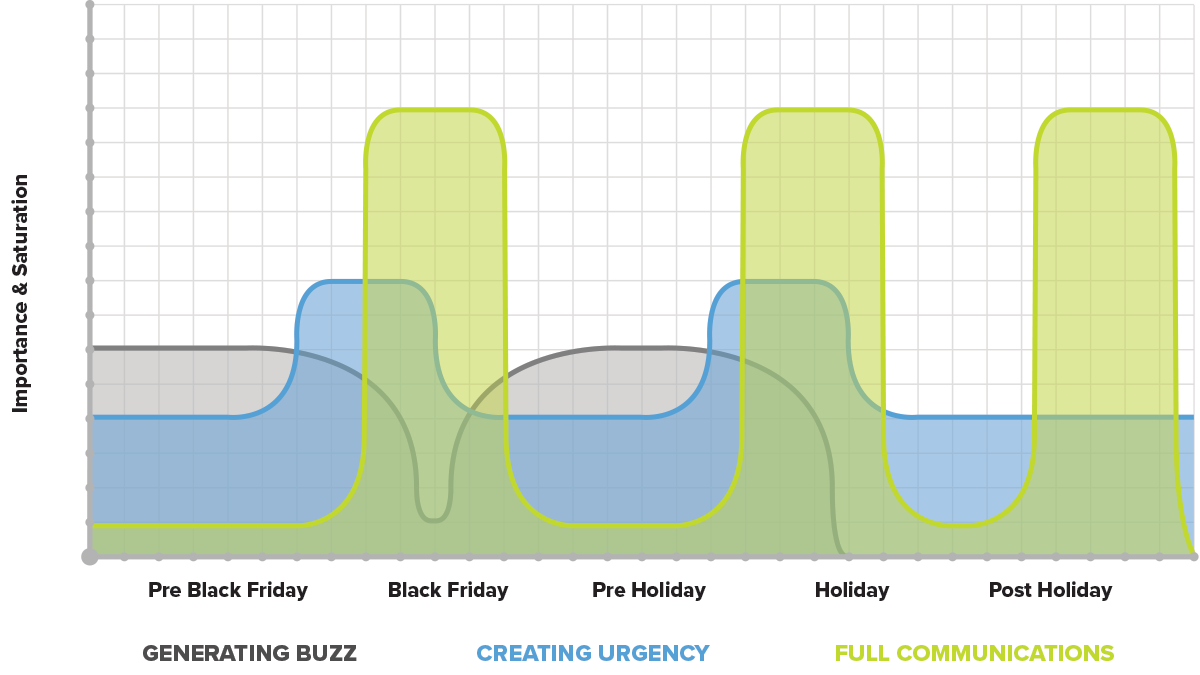
Effective D2C Marketing Strategies for Black Friday and the Holiday Season

The National Retail Federation today forecasted that holiday spending is expected to reach record levels during November and December and will grow between 3% and 4% over 2022 to between $957.3 billion and $966.6 billion.
Retailers may spend an entire year planning their Black Friday and Holiday sales based on these statistics. They use the Holiday Season as an opportunity to drive sales, clear inventory, increase brand recognition, and connect with customers. This all leads back to the need for a sound marketing strategy and partnering with an agency that knows the ins and outs of a strategically timed advertising rollout.
Creating a well-timed advertising strategy for the holiday season using a holistic marketing approach is crucial to maximizing its effectiveness. Many factors affect the nature of an advertising rollout including your industry, target audience, and specific goals. To assist, here’s a general guideline to help you plan your holiday advertising campaign.

Sample Timeline:
-
- One – Two Months Before Black Friday – Focus on driving early momentum and urgency:
-
- Multi-Channel Approach: Employ a strategic multi-channel approach across paid social, SEO, email marketing, affiliate marketing, and retargeting campaigns to maximize reach and conversions. Ensure omnichannel coordination for consistent messaging and experience.
- Launch Countdown: Campaigns to create urgency.
- Review Ad Creatives: Ensure all messaging is consistent and optimized for mobile across channels as mobile accounts for over 50% of holiday e-commerce traffic.
- Ad Campaign Setup: Target engaged holiday shoppers through interest and use lookalike audiences to target new audiences. 43% of millennials say influencers impact purchases.
- Test and Optimize: Run small A/B test campaigns to gather data for optimization. Utilize A/B testing on landing pages, ad creatives, subject lines, send times, and calls-to-action to boost conversions across channels. 75% of marketing experts say conversion rate optimization through testing is critical for business growth.
-
- One – Two Months Before Black Friday – Focus on driving early momentum and urgency:
- Two Weeks Before Black Friday – Build more anticipation:
-
- Email Previews: Send out a series of preview emails to subscribers, providing a sneak peek of Black Friday deals and offers.
- Ad Preview Posts: Share sneak peeks of deals and products on social media, creating anticipation among your followers, while encouraging followers to turn on notifications.
- Retargeting: Launch a retargeting campaign across search, social media, and the website to re-engage potential customers who have shown interest.
-
- Black Friday Week – Focus on retaining momentum:
-
- Promote Early Deals: Launch early Black Friday deals to capture shoppers who want to get a head start. In 2020, 59% of shoppers started holiday shopping earlier.
- Daily Campaign Monitoring: Continuously monitor, update and adjust bids and budgets based on performance.
- Engagement: Engage with your audience in real time through social listening and engagement tools, and responding to comments and messages.
- Monitor Competitors: Monitor your competitors’ marketing campaigns and adjust your strategy as needed.
-
- Black Friday – Implement your Multi-Channel Campaign:
-
- Simultaneous Campaign Rollout: Launch all prepared marketing initiatives—social media, email, paid advertising, and website promotions—simultaneously, ensuring consistent messaging and synchronized offers across all platforms for maximum impact and customer engagement.
- Real-time Social Engagement: Ramp up social media engagement with real-time responses to customer inquiries, comments, and messages. Use monitoring tools for active engagement.
- Live Content and Stories: Use live video streams or story features on social platforms to showcase behind-the-scenes content, live Q&A sessions, or product demonstrations, engaging customers directly.
- Customer Support: Be prepared for increased customer inquiries and provide excellent customer service.
- Post-Purchase Follow-Up: Plan post-purchase follow-up campaigns to encourage repeat business.
-
- Cyber Monday – Spotlight online and mobile shoppers with extended promos:
-
- Extend Promotions: Promote web-exclusive offers to entice your online shoppers, creating a seamless transition from Black Friday to Cyber Monday.
- Deploy mobile-specific campaigns: Considering the increasing mobile shopping trend during Cyber Monday, optimize ads and deals for mobile devices.
- Incorporate urgency in messaging: Emphasize limited-time offers or countdowns to stimulate immediate action.
-
- Post-Black Friday – Transition to customer retention initiatives:
-
- Review and Analyze: Analyze your campaign performance and gather insights
- Post-Holiday Marketing: Transition your marketing to focus on the post-holiday season and encourage customer retention and loyalty.
- Implement personalized follow-ups: Develop or introduce loyalty incentives or rewards to encourage repeat business and foster long-term customer relationships.
- Loyalty programs: Develop or introduce loyalty incentives or rewards to encourage repeat business and foster long-term customer relationships.
-
To boost sales, it’s crucial to grasp how timing and sound digital marketing work hand-in-hand. Strategic promotions that spark excitement, create buzz and spark demand will drive conversions as the holidays draw near.
